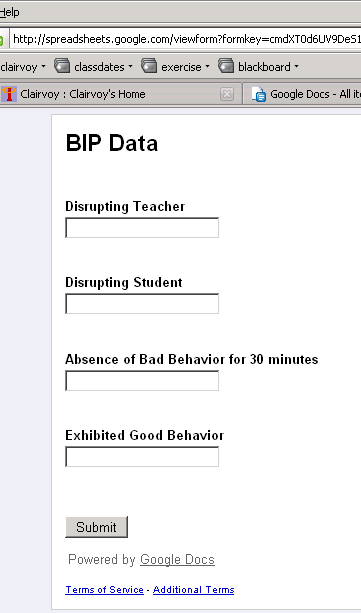We are studying a student newspaper mentioned in a previous posts.
I got together with our Librarian and we plan on comparing student data. Tracking students who engage with the newspaper and their NCLB Standards and DRA scores with students who have not engaged with the student newspaper.
Although open to all, students and their teachers self-select (volunteer) to engage with the student newspaper. Those that do have logins, those that do not don’t. There is also an easy way to track user posts and comments on the newspaper.
As a short term solution, we are drafting a survey of student opinions on the skill sets used in developing content for the newspaper.
In general terms we are interested in looking at how student engagement and performance in reading and writing are changed when given a student-centered, student-lead, student-self-selected writing environment.
Some questions follow. We are writing them for 5th grade and will differentiate the language and focus for lower grades.
Your suggestions in the form of comments below are welcome.
How many times a week do you do non-fiction writing which is not assigned by your teacher?
How many times a week do you write anything creative which is not assigned by your teacher?
What sort of writing do you do?
How many hours a week are you online after school?
How do you use this time?
Why do you think punctuation is important?
What is your purpose in writing?
Related Areas of Learning:
Research, Organize, Inquiry, Analyze, Reading, Writing, Purpose, Audience, Poetry, Oral Language (video interviews, voicethread)\
List of related NCLB Standards:
Oral
5.1 The student will listen, draw conclusions, and share responses in subject-related group learning activities.
a) Participate in and contribute to discussions across content areas.
b) Organize information to present reports of group activities.
c) Summarize information gathered in group activities.
5.3 The student will make planned oral presentations.
a) Determine appropriate content for audience.
b) Organize content sequentially or around major ideas.
c) Summarize main points before or after presentation.
d) Incorporate visual aids to support the presentation.
e) Use grammatically correct language and specific vocabulary.
Reading:
5.5 The student will read and demonstrate comprehension of fiction.
a) Describe the relationship between text and previously read materials.
b) Describe character development in fiction and poetry selections.
c) Describe the development of plot and explain how conflicts are resolved.
d) Describe the characteristics of free verse, rhymed, and patterned poetry.
e) Describe how an author’s choice of vocabulary and style contributes to the quality and enjoyment of selections.
5.6 (Research) The student will read and demonstrate comprehension of nonfiction.
a) Use text organizers, such as type, headings, and graphics, to predict and categorize information.
b) Identify structural patterns found in nonfiction.
c) Locate information to support opinions, predictions, and conclusions.
d) Identify cause-and-effect relationships.
e) Identify compare-and-contrast relationships.
f) Skim materials to develop a general overview of content and to locate specific information.
g) Identify new information gained from reading.
Writing
5.8 The student will write for a variety of purposes: to describe, to inform, to entertain, and to explain.
a) Choose planning strategies for various writing purposes.
b) Organize information.
c) Demonstrate awareness of intended audience.
d) Use precise and descriptive vocabulary to create tone and voice.
e) Vary sentence structure.
f) Revise writing for clarity.
g) Use available technology to access information.
5.9 The student will edit writing for correct grammar, capitalization, spelling, punctuation, and sentence structure.
a) Use plural possessives.
b) Use adjective and adverb comparisons.
c) Identify and use interjections.
d) Use apostrophes in contractions and possessives.
e) Use quotation marks with dialogue.
f) Use commas to indicate interrupters and in the salutation and closing of a letter.
g) Use a hyphen to divide words at the end of a line.
h) Edit for clausal fragments, run-on sentences, and excessive coordination.


